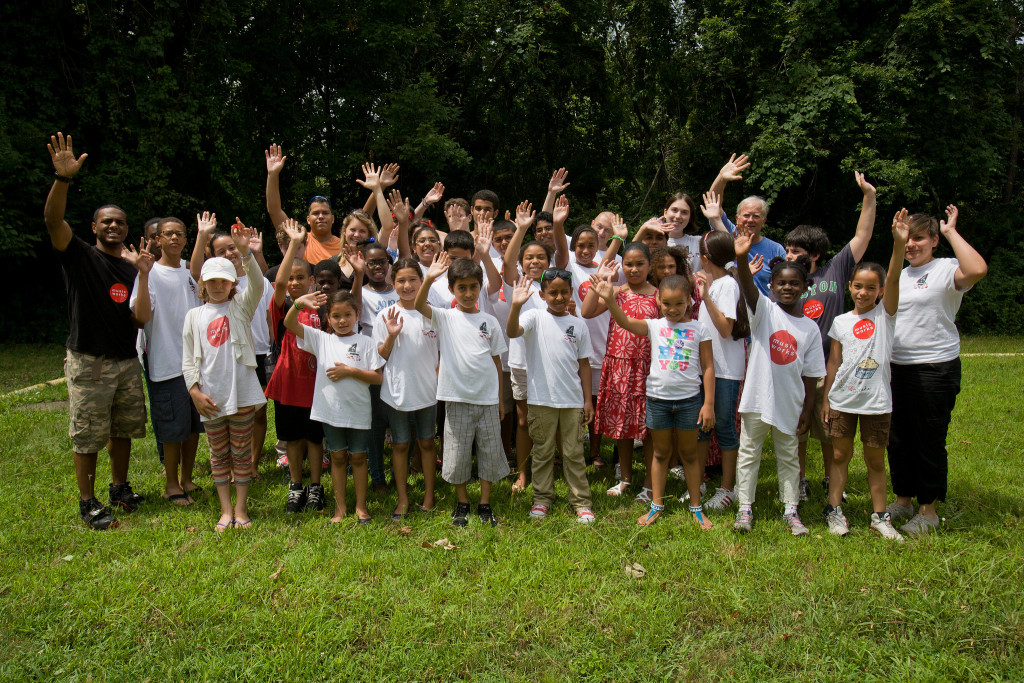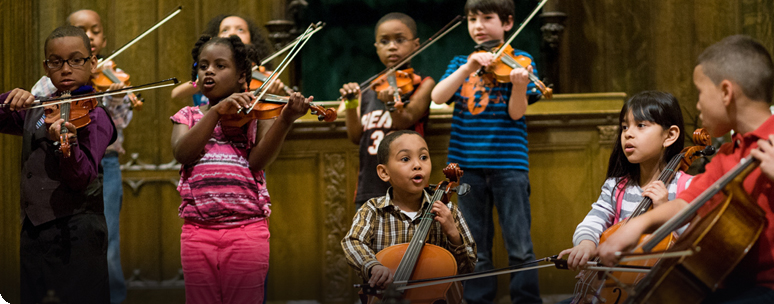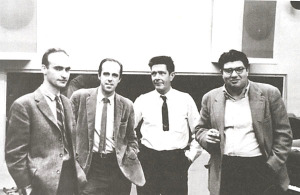 One of the best things about CMW’s Summer Program, is that you never know exactly what students will create until we put all of our brains and our instruments together. Three CMW Alumni will be teaching at the Summer Program this year, along with myself, and Resident Musician Chase Spruill. We’re going to challenge the summer participants to be ready to share as much music as possible around the neighborhood that week, and embracing the fact that our creations will be “works in progress.” We look forward to them getting better and better throughout the week!
One of the best things about CMW’s Summer Program, is that you never know exactly what students will create until we put all of our brains and our instruments together. Three CMW Alumni will be teaching at the Summer Program this year, along with myself, and Resident Musician Chase Spruill. We’re going to challenge the summer participants to be ready to share as much music as possible around the neighborhood that week, and embracing the fact that our creations will be “works in progress.” We look forward to them getting better and better throughout the week!Concerts and Events


